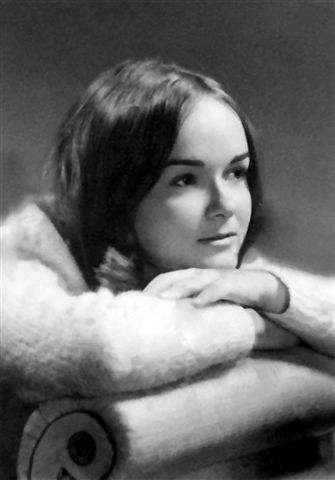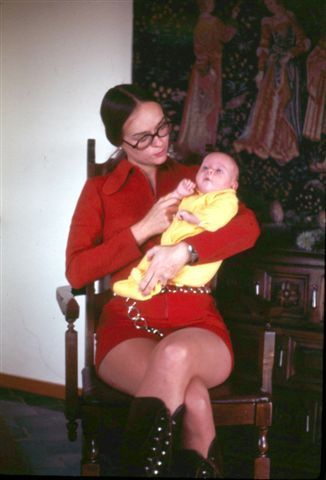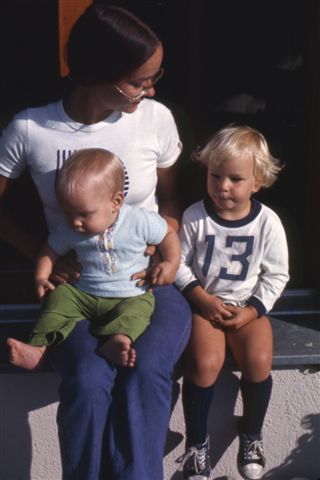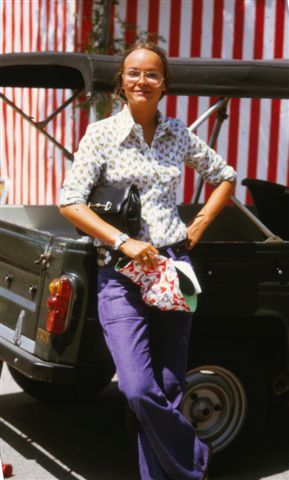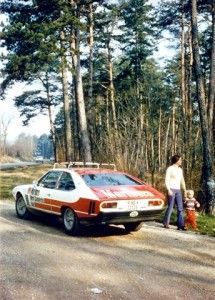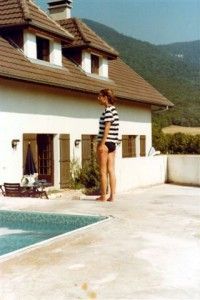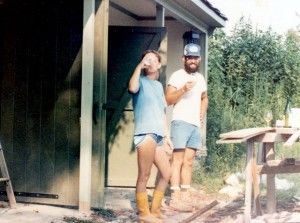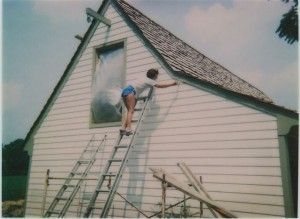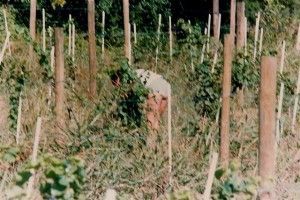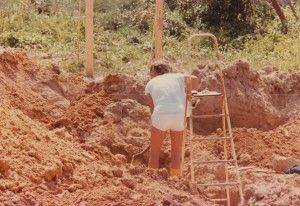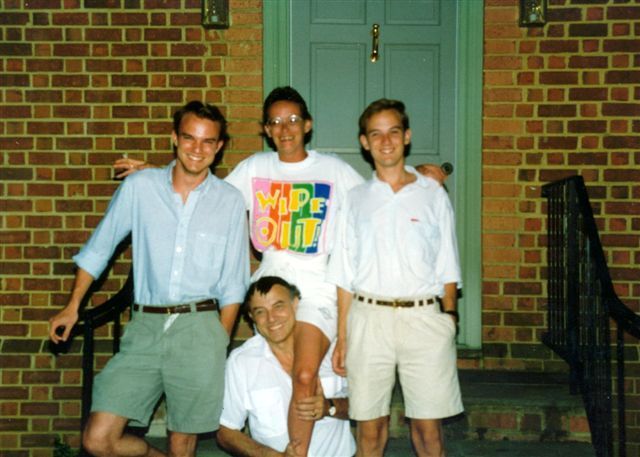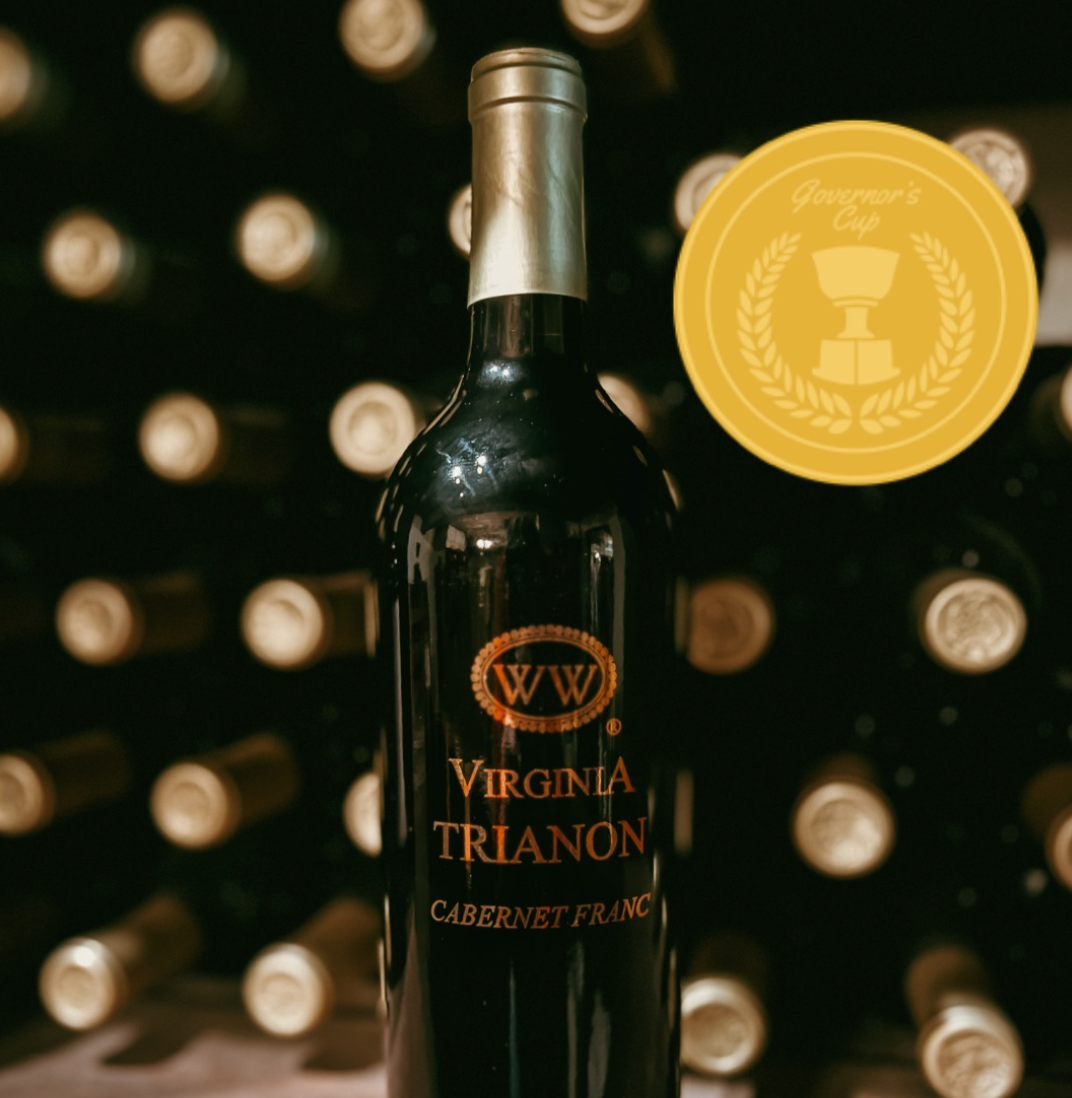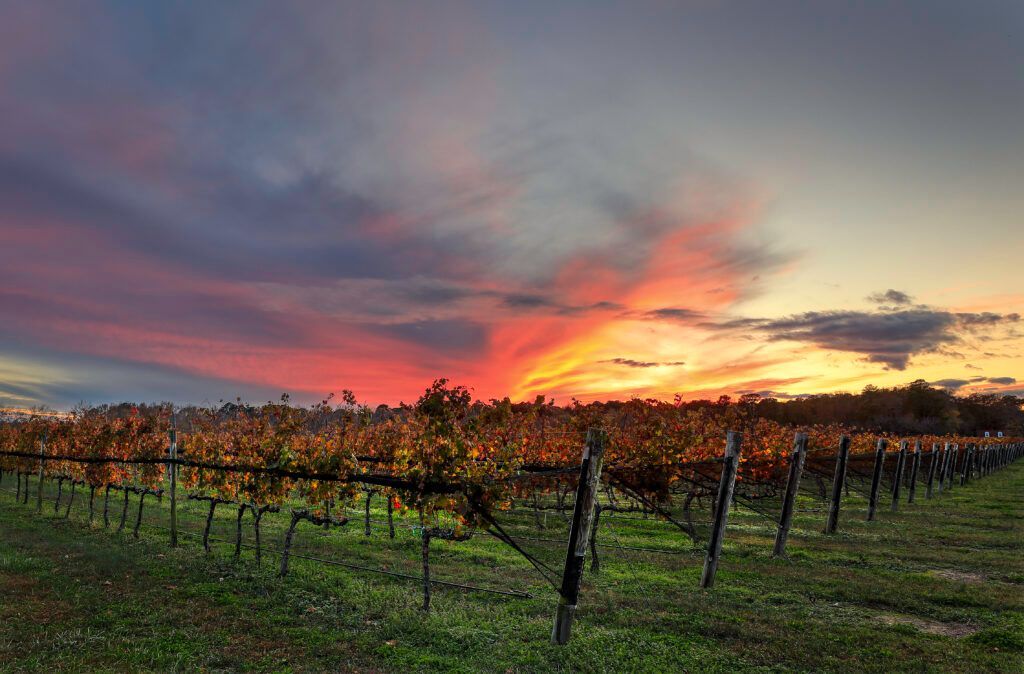Part 20: The Strength of Peggy
It is often said that behind or right next to every man who develops a project, there is a woman. Well, next to me for thirty seven years was Peggy. We were married in ’67. As I had been offered a position in Europe by Philip Morris, we moved to Switzerland in ’70 where both of our boys were born, in ’71 and ’74 respectively.
Peggy, in the light of the restrictive regulations in Switzerland, was not authorized to engage in any professional activity. Previously, both of us had worked at Eastman Kodak. There were a reasonably substantial number of international executives living in the Lausanne/Geneva area, and the contacts with the British contingent were actually quite fun. Britons have very nice sense of humor.
On the other hand, Peggy did not like or appreciate the classic approach that was so prevalent: that someone’s wife was pegged according to the husband’s position. I was the youngest of the Philip Morris executive group, and, accordingly, her status was that of the “wife of the junior guy”. Neither did she approve of the way the company thought (or perhaps, acted without thinking), such as taking things for granted, that I was at their beck and call, etc.
I still remember how upset she was one day when we were on home leave in upstate NY. On a Wednesday, I received a call from the senior VP requesting (or rather, instructing me) that instead of completing my vacation, I should take the plane the next day in order to be at a meeting in Lausanne with the regional president. This was to prepare the presentation to the corporate Board of Directors which was scheduled for the following week.
As requested, I did take the plane and left Peggy with the two boys. On that Friday morning, I was at the office, worked a good part of the weekend and flew back to NY later the following week for the presentation while Peggy and our sons were returning to Switzerland.
There were numerous other little events of a similar style. For example, one evening when I got back home around 7:30 PM, and she had a beautiful dinner ready. As we began to eat, there was a call requesting that I drive back to the office for a special meeting with VIP’s. As I left, I do remember Peggy quietly biting her lower lip and letting a couple of tears roll down her cheeks. It was heart-breaking.
Not a good way to keep a wife happy. And without any doubt, the conversation that we had in Guadeloupe as described in Part 1 of this story had a great deal to do with finding a life that could give a better balance in our relationship. Furthermore, we had been exposed to some of the less glamorous sides of business. We also did want a place for our sons to grow up away from some of the peer pressure usually found in the social network of corporate life.
Peggy had a strong-willed character. She was fiercely independent. We met in ’66 on the campus of the University of Rochester. She was California born. I was born on the other side of the pond. Both of us were studying at night and working full time at the main office of Eastman Kodak. I had seen her in the hallways of the corporate headquarters. Recognizing her, I invited her for a late nightcap. After a couple of Brandy Alexanders, our lips and our souls met. A few weeks later, we were engaged and married in August ’67 as mentioned previously.
Peggy had already travelled by herself to Europe staying with a family in Germany, then touring Switzerland and Italy alone. She was delighted at my assignment to move to Lausanne, and she adapted quickly to the European environment. Within a year, she spoke French to the point where native French people could not identify the origin of her slight accent.
We travelled extensively, particularly during my years as the manager of the Marlboro World Championship Team. Our travels took us all over Europe but also to Latin America and the Far East. With business travel obligations every weekend, the company covered her expenses to accompany me on numerous trips appreciating that it was imperative as a kind of compensation for my seven-day-a-week business schedule.
In ’73, I was asked to join a multi-country trip to Africa to evaluate potential marketing opportunities with a group of senior executives. Peggy was not asked to join us on that trip. The small corporate jet was detained in Zambia by the local military authorities, and we were all held without passports, under police guard in a hotel in Lusaka.
The word quickly got around that a small plane had “disappeared” over Africa and that the people expecting our arrival in South Africa had not received any news for three days on the whereabouts of the plane. Peggy had been advised and had received alarmed telephone calls from Louis Stanley, the owner manager of British Racing Motors who had been expecting us in Cape Town. It was Peggy who reassured him and confidently told him that we would all resurface in good health and that organizing search planes over such a huge continent was like trying to find a needle in a haystack.
After four days of anxiety, we managed to quietly depart for Kenya. The details of that adventure will be for another story. Louis Stanley, a rather self important gentleman, admitted to me subsequently that he had never met somebody of such paused temperament as Peggy. Indeed, she was.
She loved the winery project and made it her own. As the Williamsburg operation was moving forward, she dedicated her focus away from our two boys, now well in their teen age years and becoming independent, to concentrate on the financial software and accounting-cash flow aspects of the winery, as well as on the viticultural aspects. She had a deep interest in nature and an affinity for how plants grow, develop and produce fruit.
Regardless of her fierce temperament, she always added precision and a detail oriented approach as well as an element of grace, femininity, and a touch of sensuous softness to whatever she did.
She became a relentless worker, participating on all the many projects of the farm. She learned to operate a backhoe, purchased our transit to survey the elevations of the areas where construction was planned and worked with the architect and me on the actual detailed plans of the original buildings of the winery.
In 1986, with Jeanette Smith as our Viticulture Manager on board, we went and studied the vineyards of numerous wineries in Virginia. Later, as the winery was developed, Peggy also participated in all the barrel cellar work. She had experienced a warm relationship with the elderly cellar master in Beaune during my time in Burgundy and put her knowledge to good use as described in the previous Part.
’88, The Duffeler family in front of the new house.
Ultimately, as we expanded the equity base of the operation, we structured a formal Board of Directors, and she became a member of that Board. A Board Member of few words, she was an attentive listener, who captured the attention of all whenever she expressed her opinion.
She was extraordinarily supportive and accepted with enthusiasm the reality of our changed lives which was far from the glamour of the Formula 1 Grand Prix or the Saint Tropez vacations that we had enjoyed in the seventies and early eighties.
She has been the spiritual mother of the winery project.
(To be continued)
Patrick G. Duffeler
Founder & CEO
